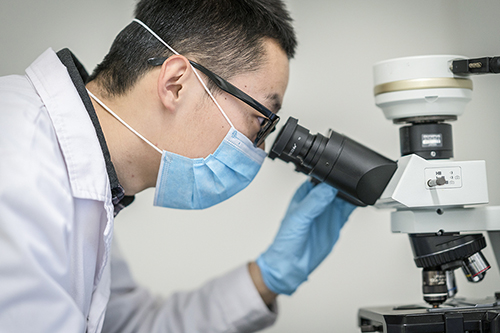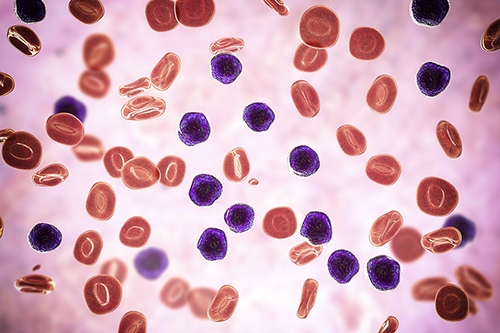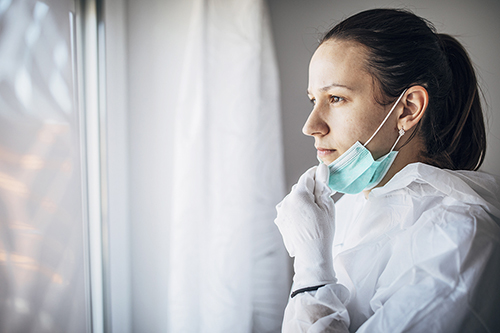
It Takes More Than Just Science
During this pandemic year, our sense of urgency in the biomedical research community has been sharpened and tested. In oncology research, I believe that this is a time to collect that energy and use it to focus towards cures. In sharpening that focus, I think it is helpful to revisit lessons from the past to provide important guidance for the future.
Having the Courage to Think Differently
It was the 1950s and the National Cancer Institute was the center of cancer research in the US. At the time, acute lymphoblastic leukemia was a frightening and swiftly lethal disease in children (as well as in adults). Dr. Emil Freireich (who, unfortunately, recently passed away) and Dr. Emil Frei, strangely sharing a similar name as well as a similar way of thinking, set out to cure this feared pediatric disease. Using new drugs, some which came from gas warfare, these two pioneers used a very different approach of hitting the cancer from multiple angles simultaneously to avoid tumor escape. This approach was controversial. Exposing sick children to toxic regimens of chemotherapy met with criticism and derision in the oncology community. In what is a well-known story, an outcry in the medical community arose when, even after witnessing the toxicity of combining two and three agents, the researchers pushed further and combined four to eliminate residual disease. As a result, thousands of lives were saved.

Acute lymphoblastic leukaemia, illustration
But Freireich and Frei had moved in this controversial direction using the basic scientific principles of observation and hypothesis testing. It was clear that single drug treatments had activity against leukemia but, in nearly all cases, relapse occurred fairly rapidly. The leukemia cells adapt quickly using resistance mechanisms that are designed to evade each drug, but Freireich and Frei hypothesized that multiple drugs given at once would make it too difficult for the leukemia cells to escape. Concerns about toxicity not only prevented much of the scientific community from deeply considering Freireich's and Frei's reasoning, but even led colleagues to ostracize them. This leukemia is now highly curable, with the 5-year survival rate exceeding 90% in children because of conviction, perseverance, and courage.
Where Are We Today
As was the case in Freireich's and Frei's time, we still sometimes face resistance in building potentially curative regimens.
- Sometimes, oncologists want to “save” their most active therapies for later in the disease course even with evidence that early use of highly active regimens can give better outcomes.
- The regulatory requirements for endpoints and combinations can be limiting as we move towards cures. When we develop more active regimens in a specific disease, the trials become longer and larger at each iteration. To get to curative regimens, we will need new endpoints to allow us to complete trials. Unfortunately, the bar that is set to validate novel endpoints is a high barrier that must be overcome.
- New thinking is needed in the health economics environment as we develop combinations of multiple novel drugs.

These institutional realities can unfortunately render the very organizations that aim to cure cancer in conflict with making the large breakthroughs that are needed. While these circumstances are unintended consequences of well-intentioned norms, we must recognize that they present barriers to innovation, and ultimately, cures. Freireich and Frei would not have stopped at such impasses. We must learn from lessons of the past and push forward to test strong hypotheses that break through established paradigms. As Siddhartha Mukherjee wrote in The Emperor of All Maladies, "Great science emerges out of great contradiction." And I would also add, courage and conviction.
The author of this piece is Peter F. Lebowitz, M.D., Ph.D., Global Therapeutic Area Head, Oncology at Janssen Research & Development, LLC. Follow Peter on his LinkedIn page.

